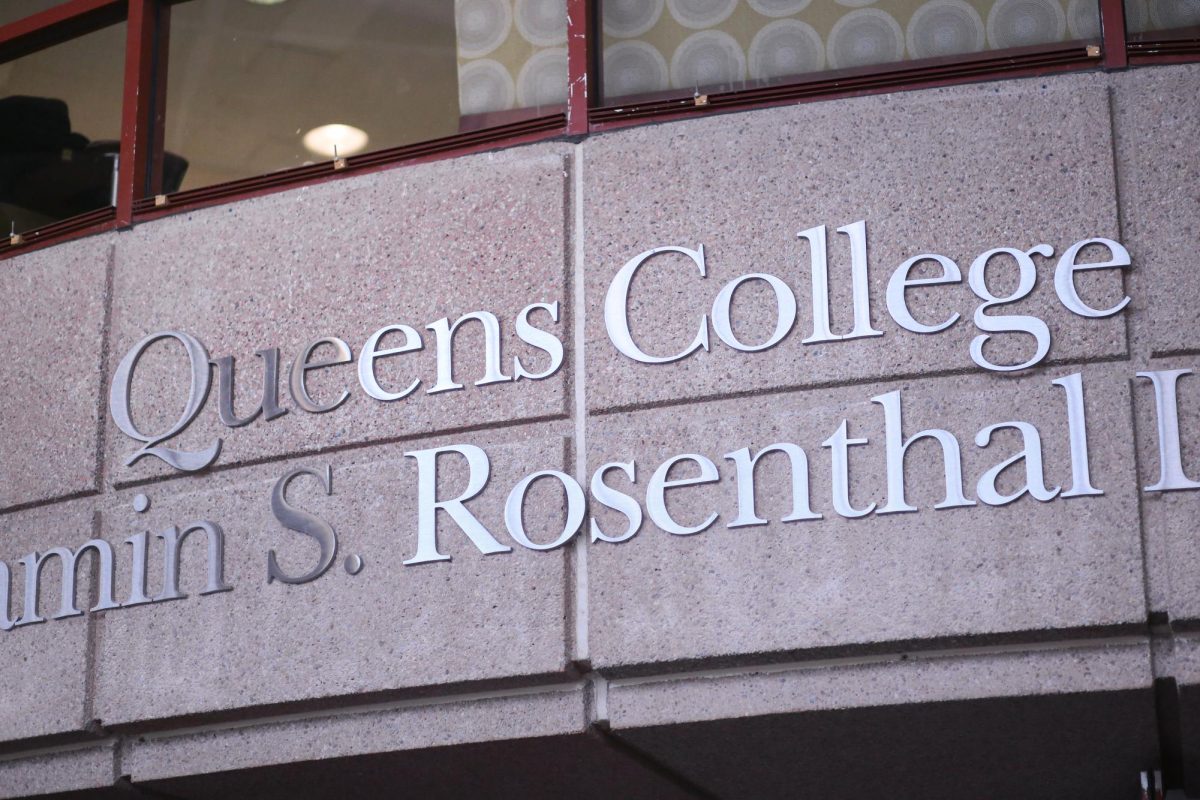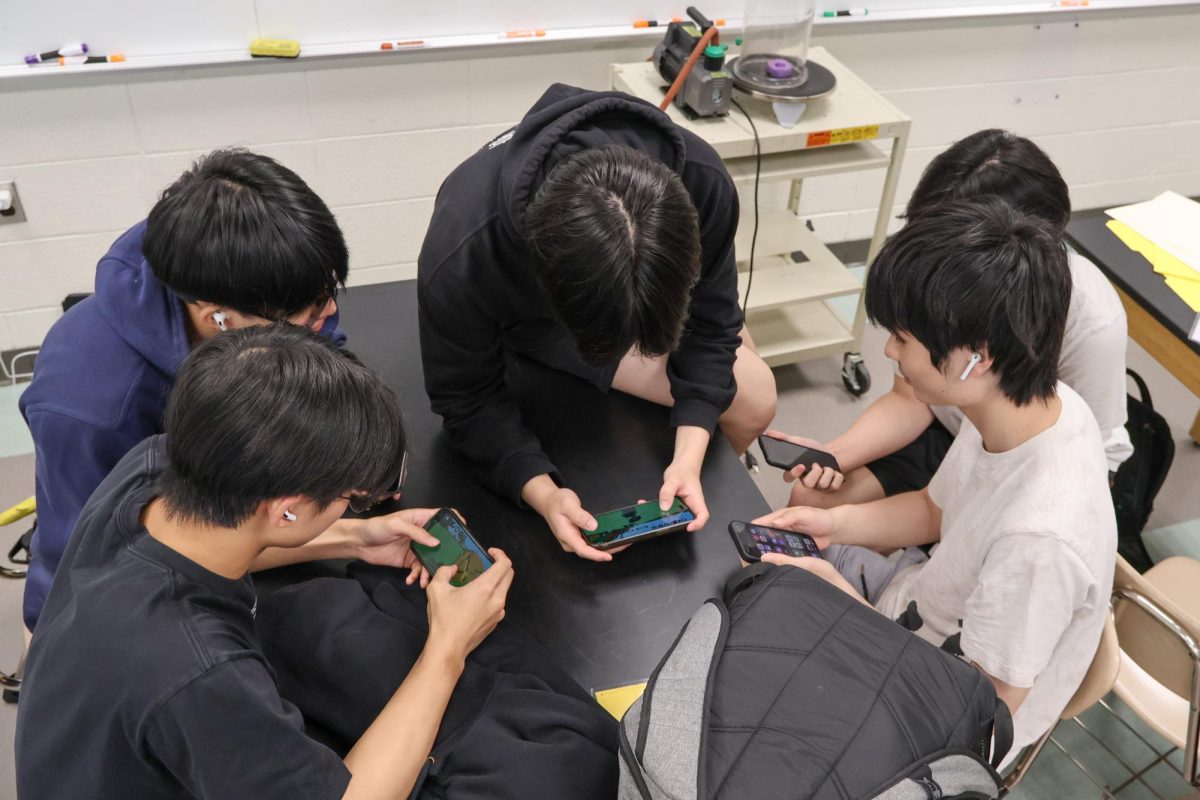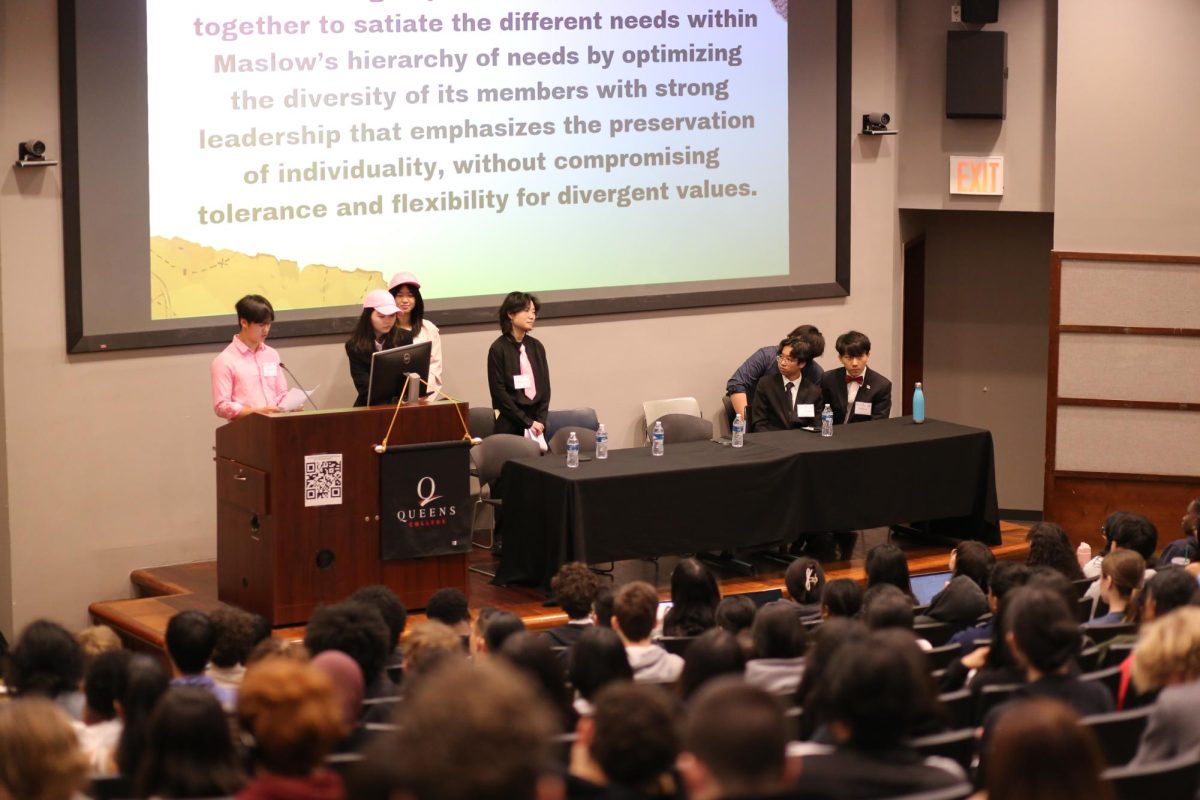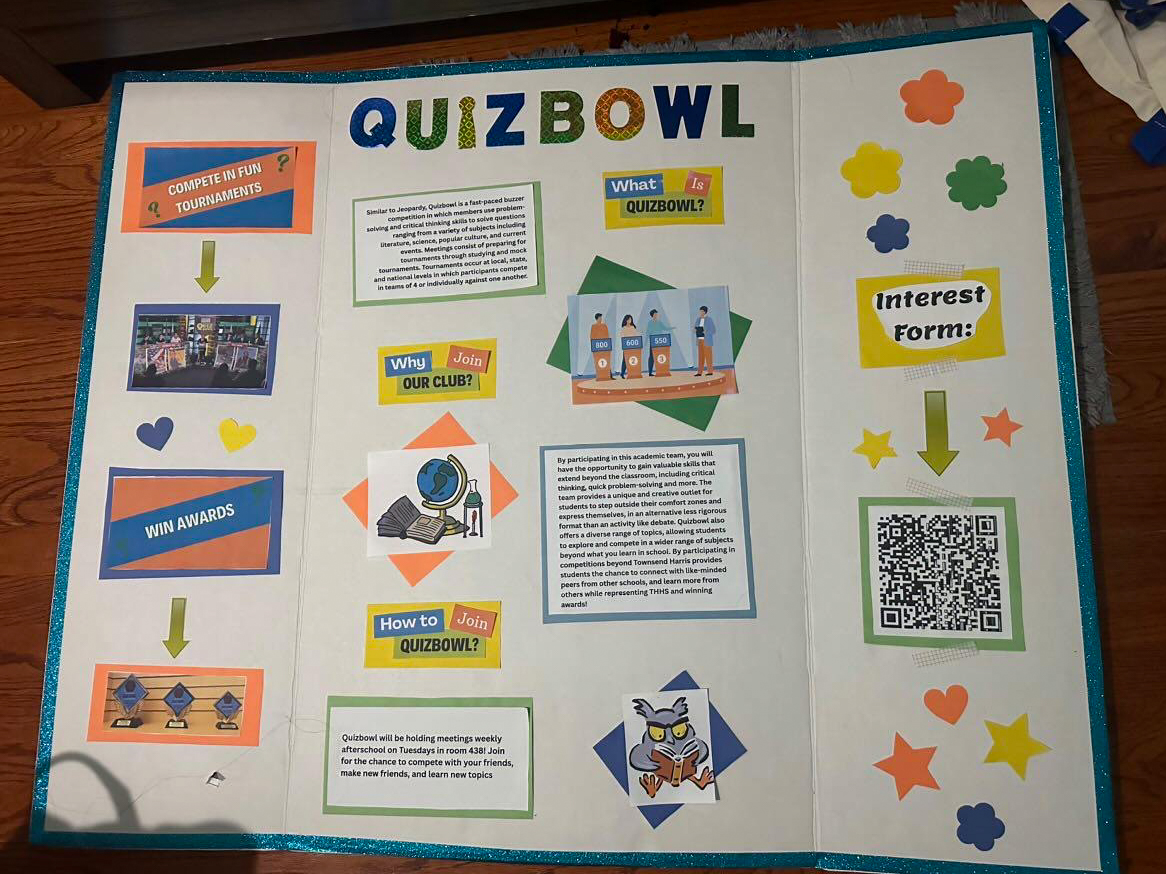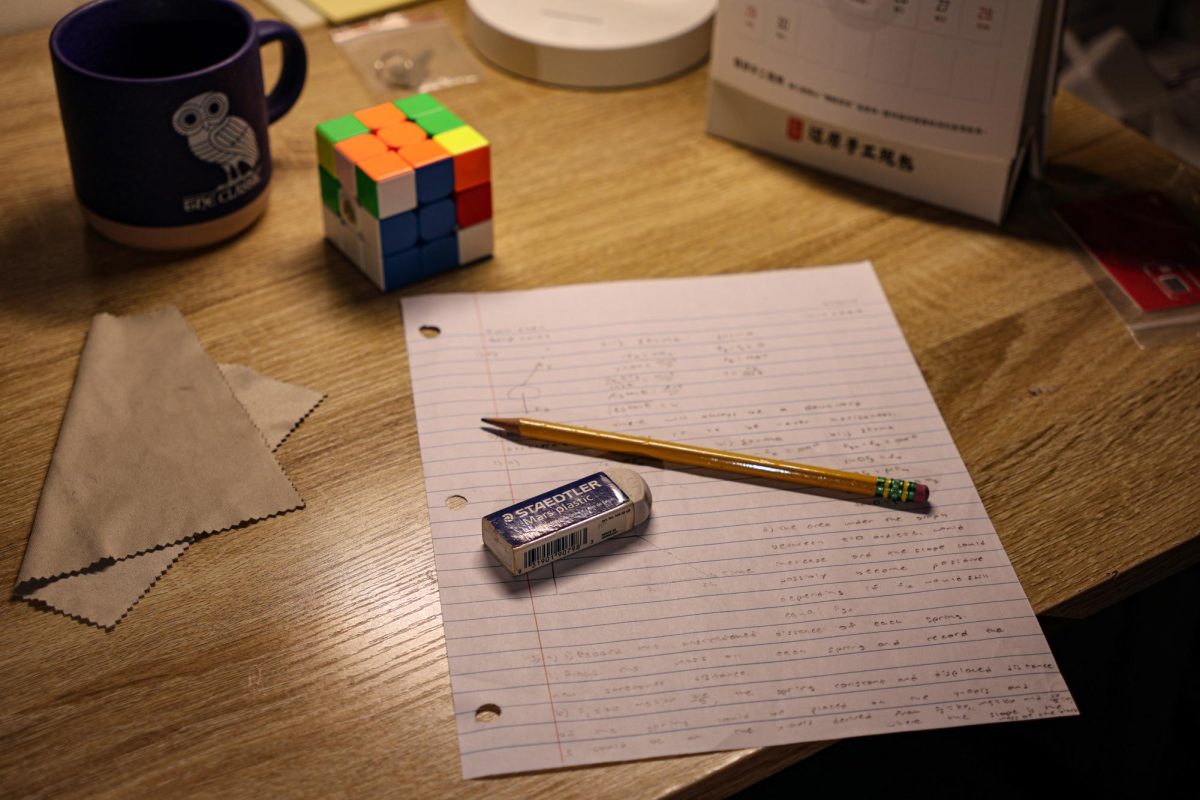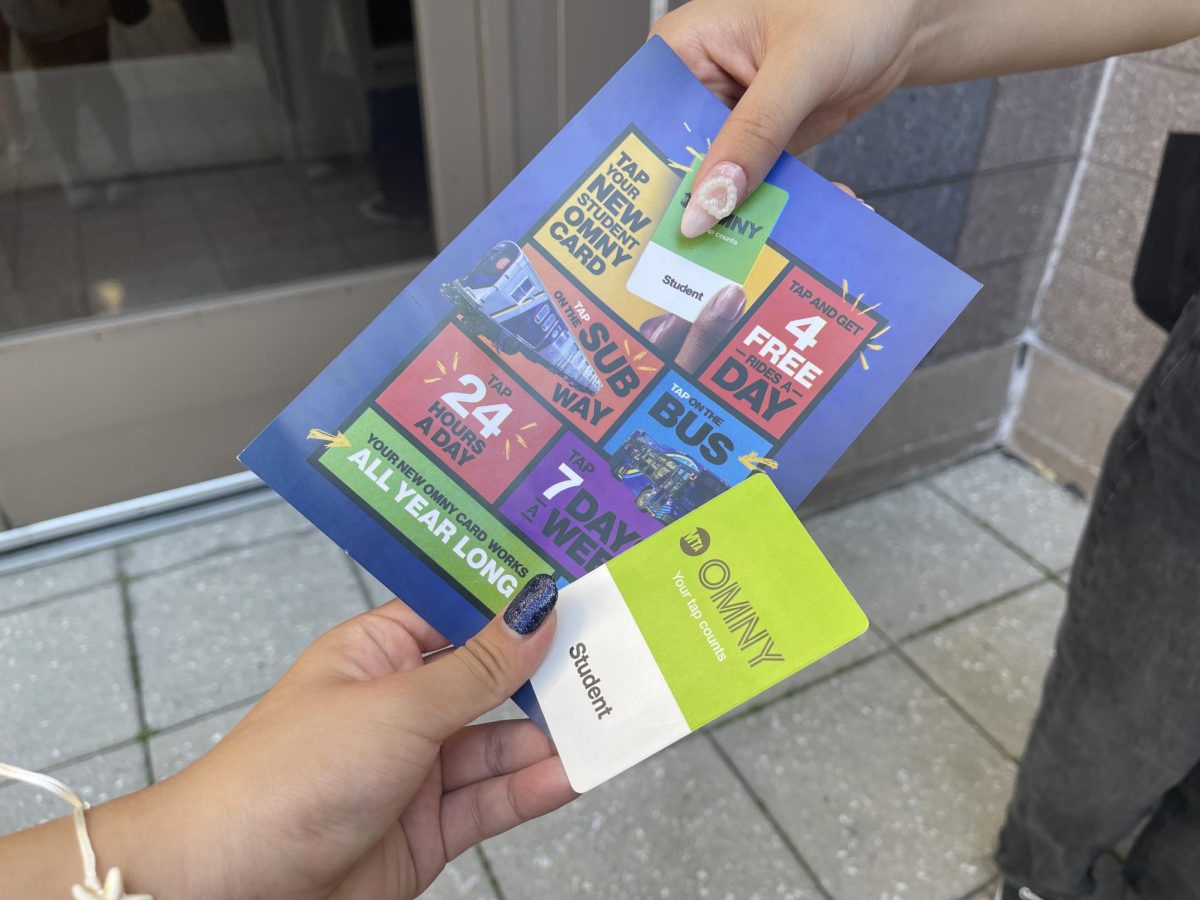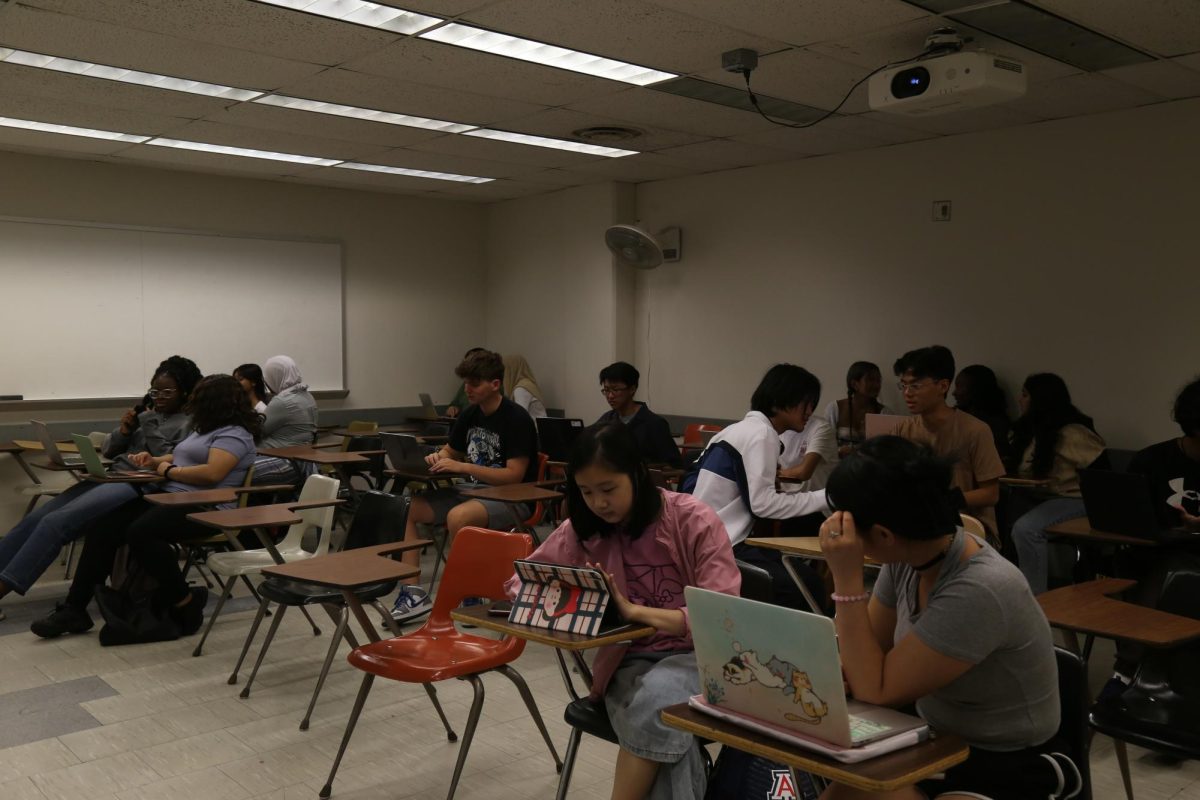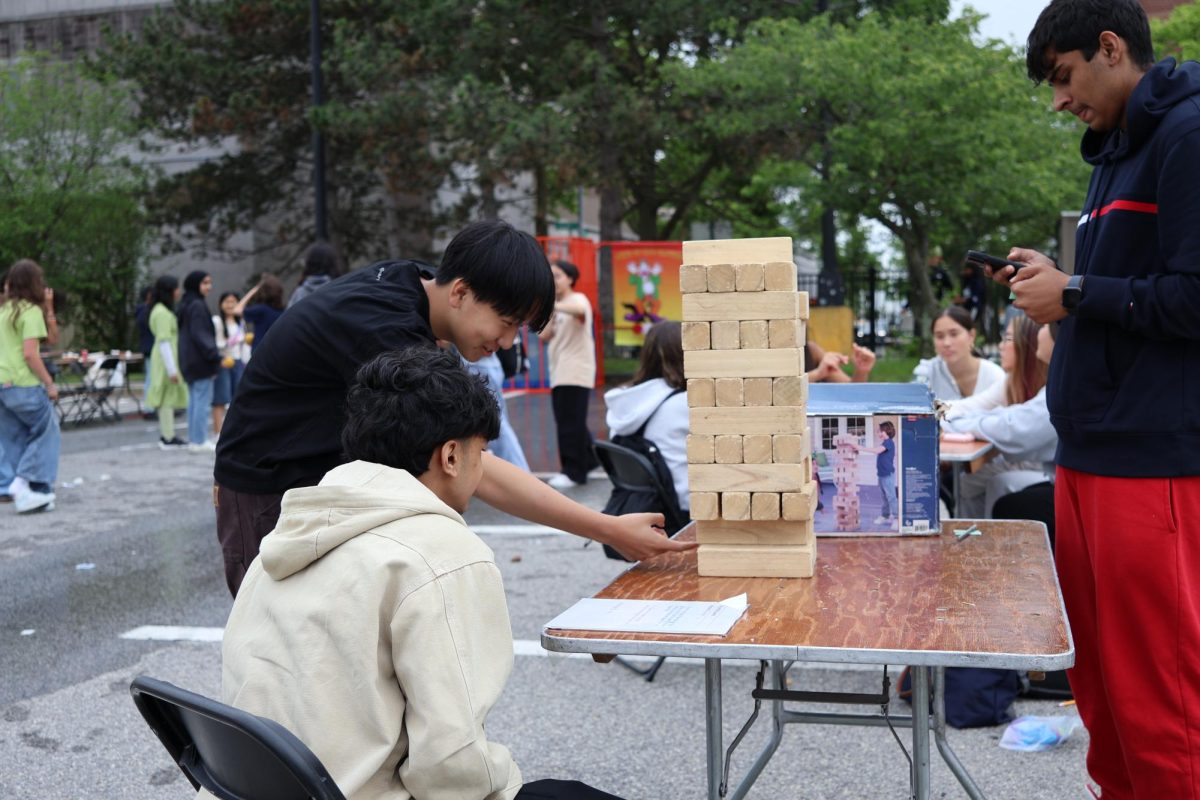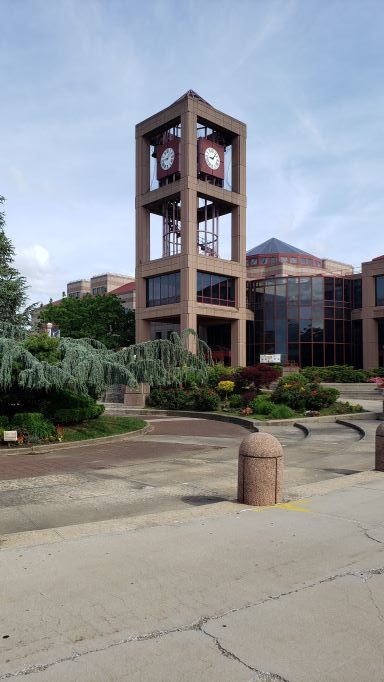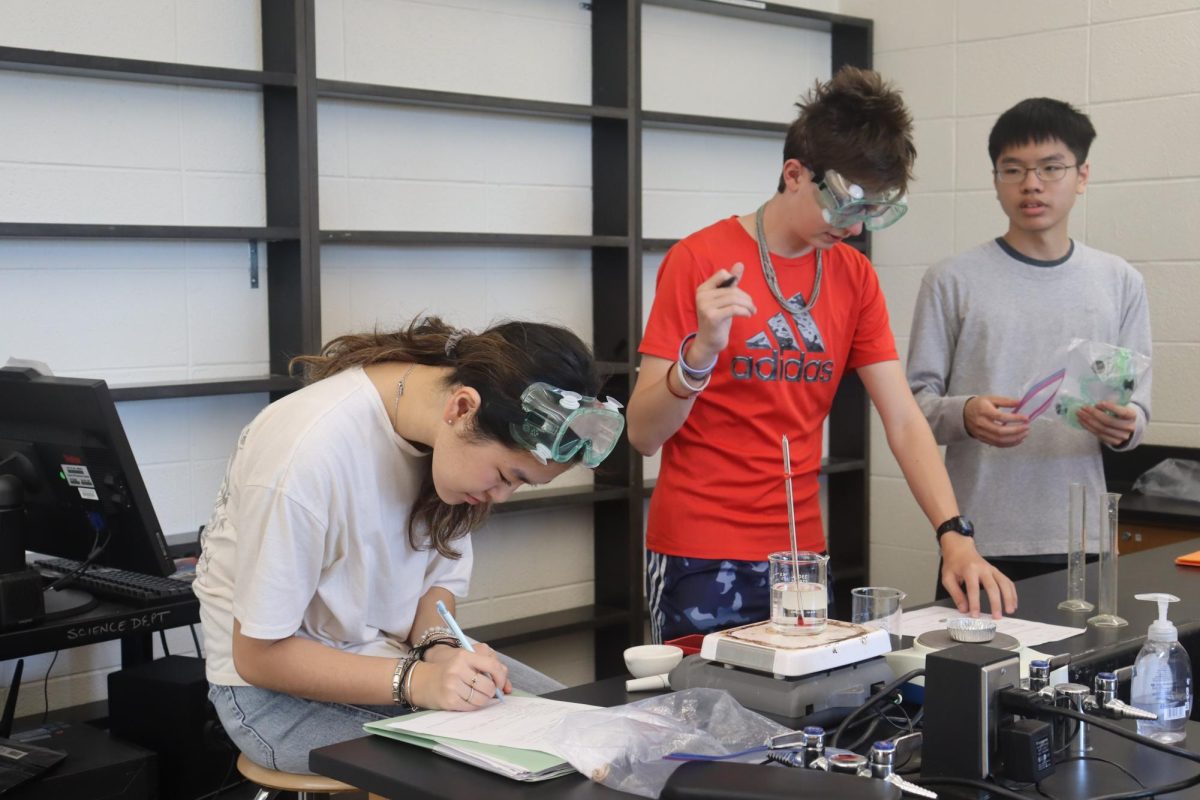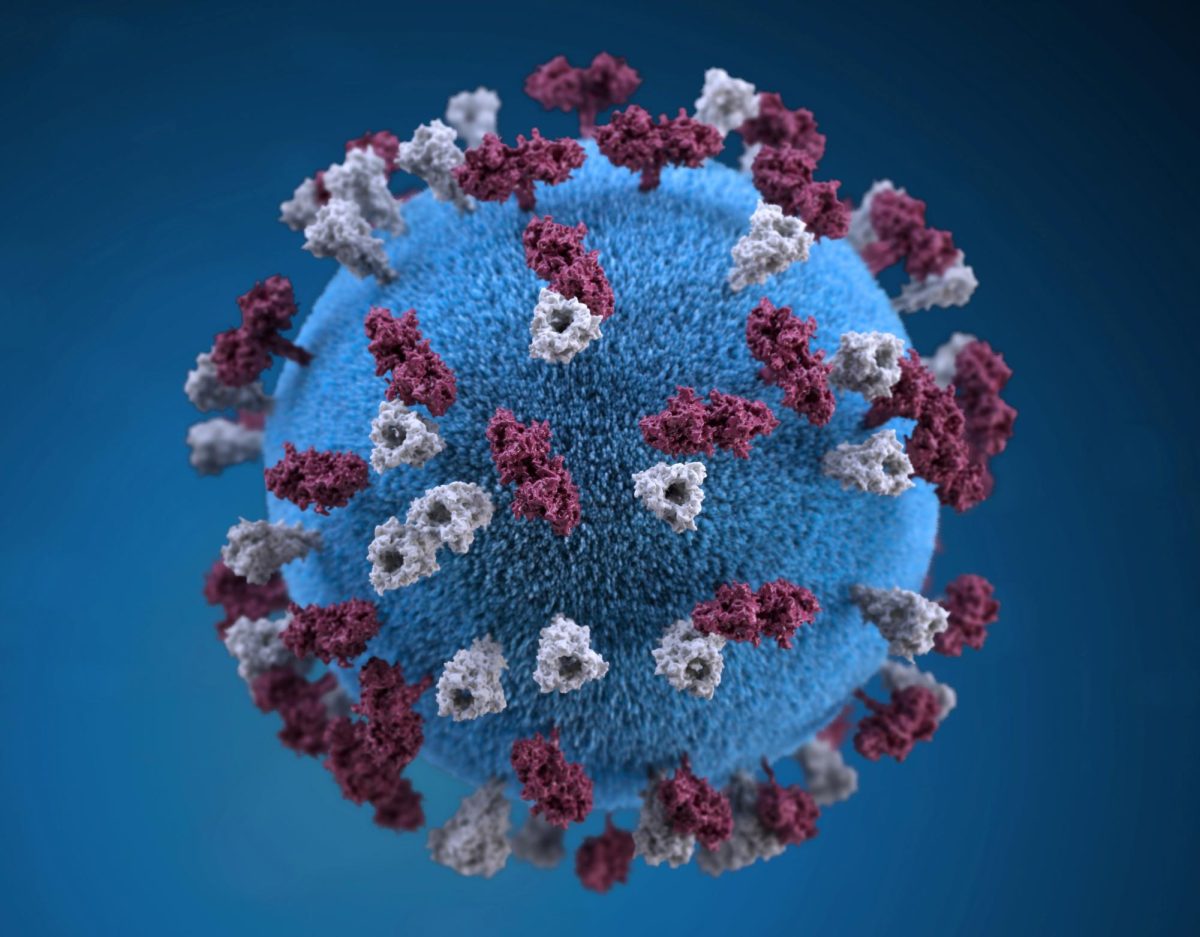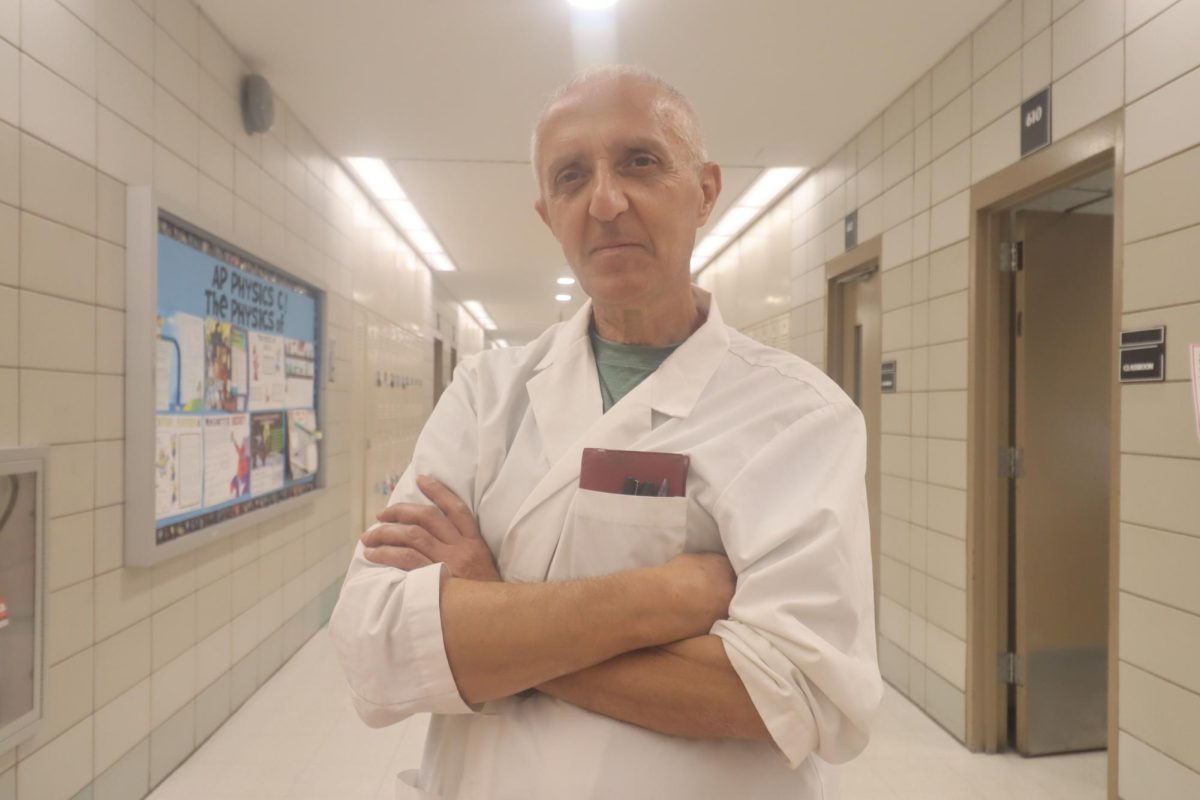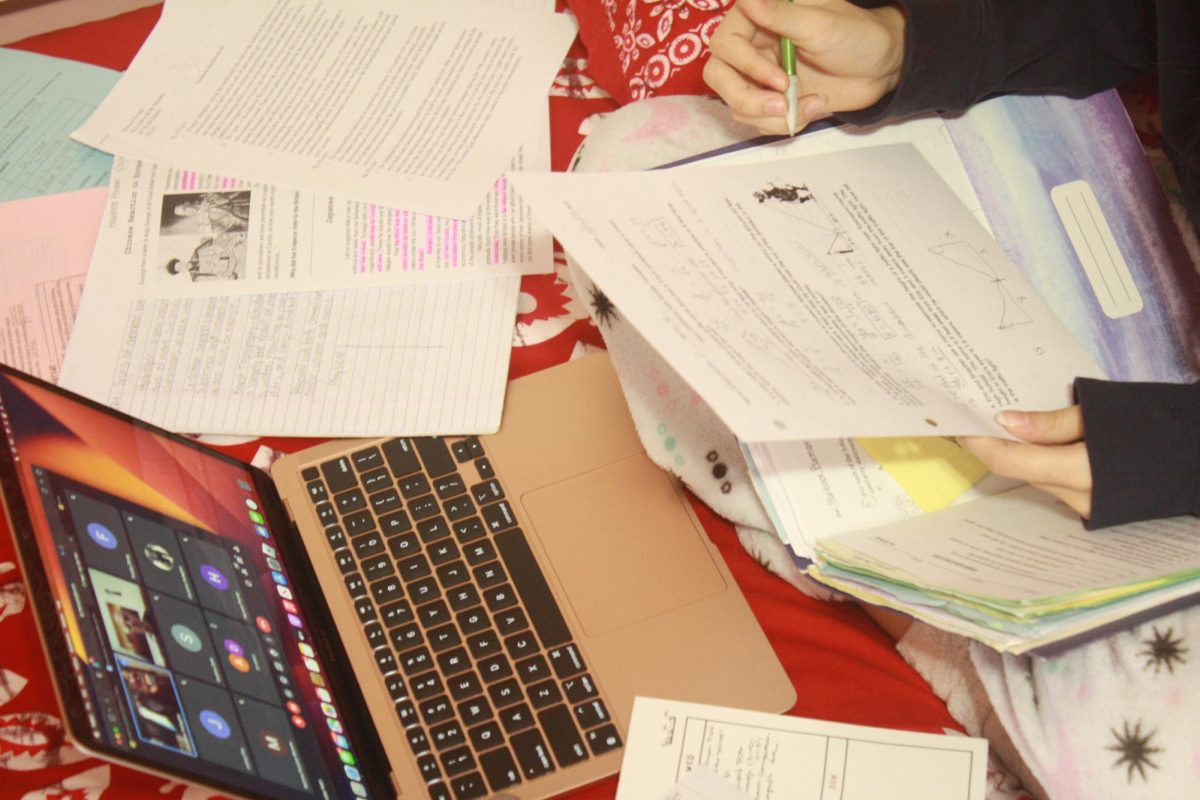
Welcome to the world of school lunches. It’s unappealing, tasteless, and almost never leaves students with a satisfied feeling in their stomachs. However, we can always rely on it to be less expensive than the food found in nearby delis and restaurants. As of September 30, the Department of Education increased the standard price of lunch for students, from $1.50 to $1.75. The increase, the first by the DOE in over a decade, is accompanied by a blessing: students who qualify for reduced-price meals will now receive lunch for free, down from $0.25.
Many Harrisites are outraged at the prospect of paying an approximate forty-five dollars extra per academic year for less-than-stellar food. But when you take a step back and consider all the factors that went into making this decision, it hardly seems unfair.
A number of issues influenced the increase in lunch prices for New York City students. Among them was a general increase in food prices and labor rates, as well as an increase in portion sizes according to federal nutrition guidelines. To offer some examples of surging food prices, common meal components, such as skim milk, whole wheat bread, apples and pizza have seen price increases by margins of as much as 181%. How does the DOE respond to the massive inflation of prices for common foods? They add $0.25 to the previous price for lunch. According to the Department of Education’s website, the prices charged for lunch continue to remain below the amount the DOE spends to provide the meals; despite the increase in the price of meals, and even in the face of budget concerns, the DOE still refuses to turn a profit on school lunches. As a student of the DOE system, I was pleasantly surprised to realize that our education system did not compromise in providing lunches to students at a low cost.
The Department of Education’s Chief Executive Officer, Eric Goldstein, issued a letter to New York City families stating that, “$1.75 for lunch is still well below the amount that other large school districts throughout the country charge…” Indeed, high schools in cities such as Los Angeles, Chicago, and Miami charge as much as $2.85 for lunch. Prices tend to fluctuate within New York State as well. Schools as nearby as Yonkers, New York, charge $3.00 for lunch, while some in the Tri-State area charge $2.55. From the perspective of a student in New York City, this data is certainly welcome news. It reminded me of the true virtues of receiving an education in this city, despite its flaws.
Students also fail to realize the helpfulness of school lunch, regardless of its appeal. For those of us who buy school lunch on a regular basis, we often forget that it helps us complete the latter half of our days. Whether it be a graded mile during band 7 or an exam during band 9, a school lunch can make the difference between running out of energy and completing the day. Plus, when you make a quantity-cost comparison between school lunch and an outside source of nourishment, even a single component of a meal from a deli costs more than an entire school lunch. Oftentimes, some out-of-school lunches prove to be just as distasteful as those in school.
Disregarding the alternative of buying lunch from outside the school, some students choose to bring their own food from home. In light of the lunch price increase, the consensus of students seems to be that the number of individuals bringing lunch from home will increase. In reality though, the average price of a home-produced meal is $3.00, compared to the school’s $1.75. I’m sure that many parents would rather avoid both the extra time and hassle of preparing a homemade lunch, as well as paying the extra money for the ingredients.
Although the thought of a $0.25 increase on school lunch prices might seem absurd to students, the motivation and necessity of the DOE to implement this price change is arguably clear. The funds acquired by increasing regular fees help to subsidize the price paid by students in need of financial assistance. I do not consider a $0.25 increase outrageous to any degree, especially after I take into account that the cost for someone who is struggling financially will be less. While students may continue to treat it as little more than “inedible cardboard” that is hardly worth their money, they must realize to whom the DOE is directing that money: students in need of financial aid.

